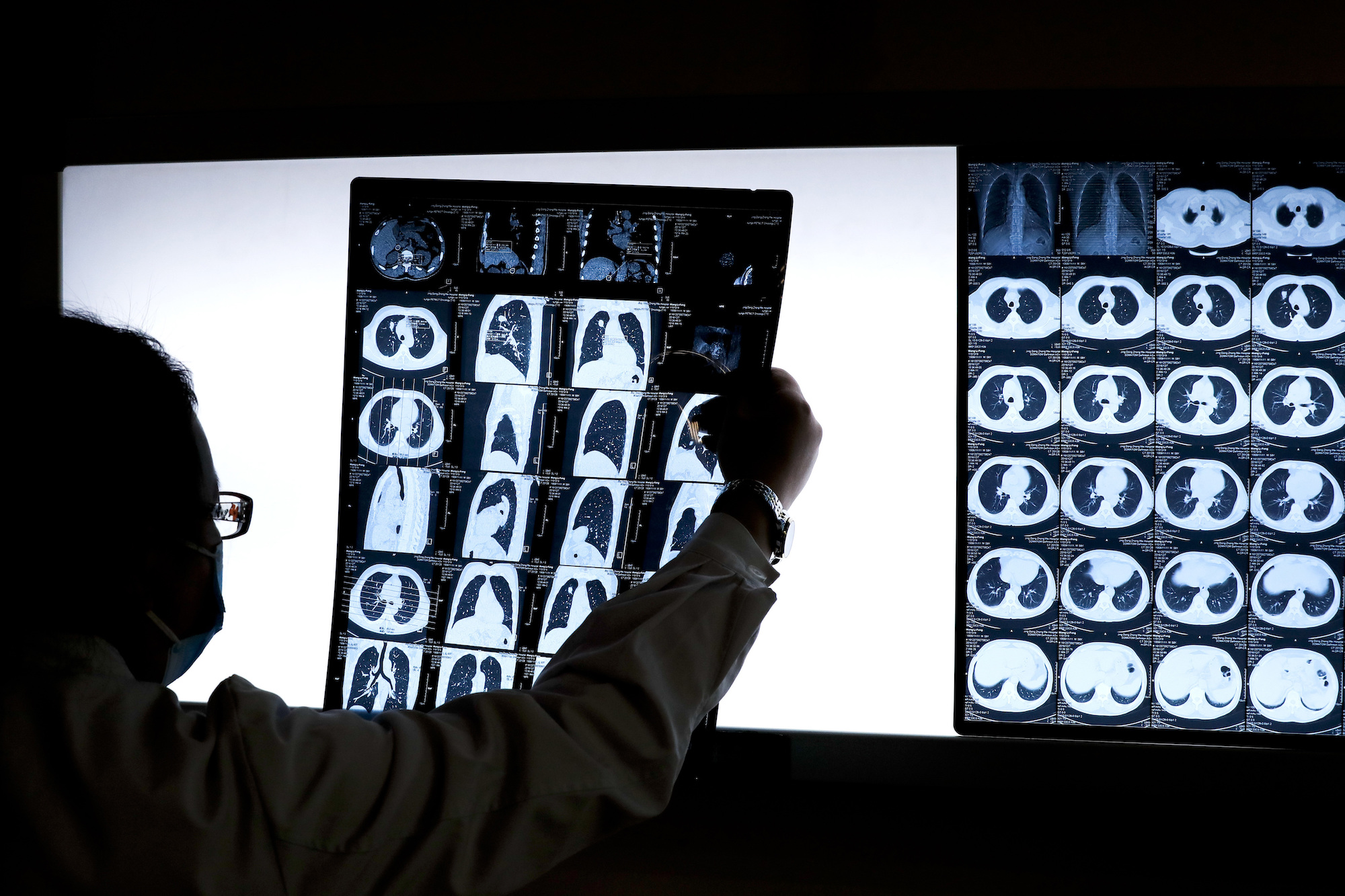A new way to use the AI behind deepfakes could improve cancer diagnosis

Generative adversarial networks, the algorithms responsible for deepfakes, have developed a bit of a bad rap of late. But their ability to synthesize highly realistic images could also have important benefits for medical diagnosis.
Deep-learning algorithms are excellent at pattern-matching in images; they can be trained to detect different types of cancer in a CT scan, differentiate diseases in MRIs, and identify abnormalities in an x-ray. But because of privacy concerns, researchers often don’t have enough training data. This is where GANs come in: they can synthesize more medical images that are indistinguishable from the real ones, effectively multiplying a data set to the necessary quantity.
There is another challenge, though. Deep-learning algorithms need to train on high-resolution images to produce the best predictions, yet synthesizing such high-res images, especially in 3D, takes a lot of computational power. That means it requires special and expensive hardware, making its large-scale use impractical in hospitals.
So researchers from the Institute of Medical Informatics at the University of Lübeck proposed a new approach to make the process much less intensive. They broke it up into stages: the GAN first generates the whole image in low-res, then generates the details at the right resolution one small section at a time. Through experiments, the researchers showed not only that their method generated realistic high-res 2D and 3D images with low computational resources, but that the expenditure also stayed constant regardless of image size.
To have more stories like this delivered directly to your inbox, sign up for our Webby-nominated AI newsletter The Algorithm. It's free.
Deep Dive
Artificial intelligence
Large language models can do jaw-dropping things. But nobody knows exactly why.
And that's a problem. Figuring it out is one of the biggest scientific puzzles of our time and a crucial step towards controlling more powerful future models.
Google DeepMind’s new generative model makes Super Mario–like games from scratch
Genie learns how to control games by watching hours and hours of video. It could help train next-gen robots too.
What’s next for generative video
OpenAI's Sora has raised the bar for AI moviemaking. Here are four things to bear in mind as we wrap our heads around what's coming.
Stay connected
Get the latest updates from
MIT Technology Review
Discover special offers, top stories, upcoming events, and more.